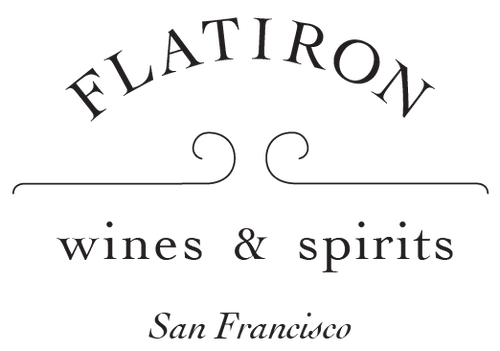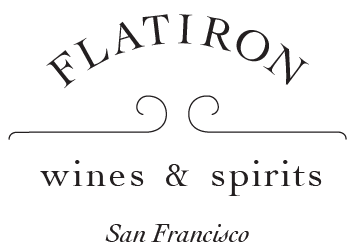Nikolaihof
Im Weingebirge, in Austria’s Wachau region and where, in the present day Nikolaihof grows Grüner Veltliner, is thought to be the oldest documented vineyard, dating to the 5th century, when Roman soldiers and settlers inhabited... Read More
Im Weingebirge, in Austria’s Wachau region and where, in the present day Nikolaihof grows Grüner Veltliner, is thought to be the oldest documented vineyard, dating to the 5th century, when Roman soldiers and settlers inhabited the valley.
Nikolaihof is one of the oldest winemaking estates in the world, dating back two millennia, give or take a couple of decades. The foundations are relics of a 63 BCE Roman fort, their cellars are ancient (Roman ruins converted to a church crypt), and in more modern terms, the estate has farmed biodynamically since 1971, making it one of the world’s oldest biodynamic wineries.
But what about the wine that comes from this historical vineyard? Even though the vines themselves aren't ancient, they are incredibly special, grown on uniquely Wachau soils (clay, loess and paragneiss, a rock type forged by hundreds of thousands of years of pressure and heat).
Nikolaihof is an exception to a rule We've reiterated dozens of times: wine is made in the vineyard. Because even though they possess incredibly valuable, irreplaceable treasure in their terroir, they employ a number of fascinating practices in the cellar. Wine is aged in massive, old wooden vats for a year, or two, or five, or ten...the cellars at Nikolaihof are a true laboratory, and each vintage treated like an opportunity to tweak this technique, or that.

